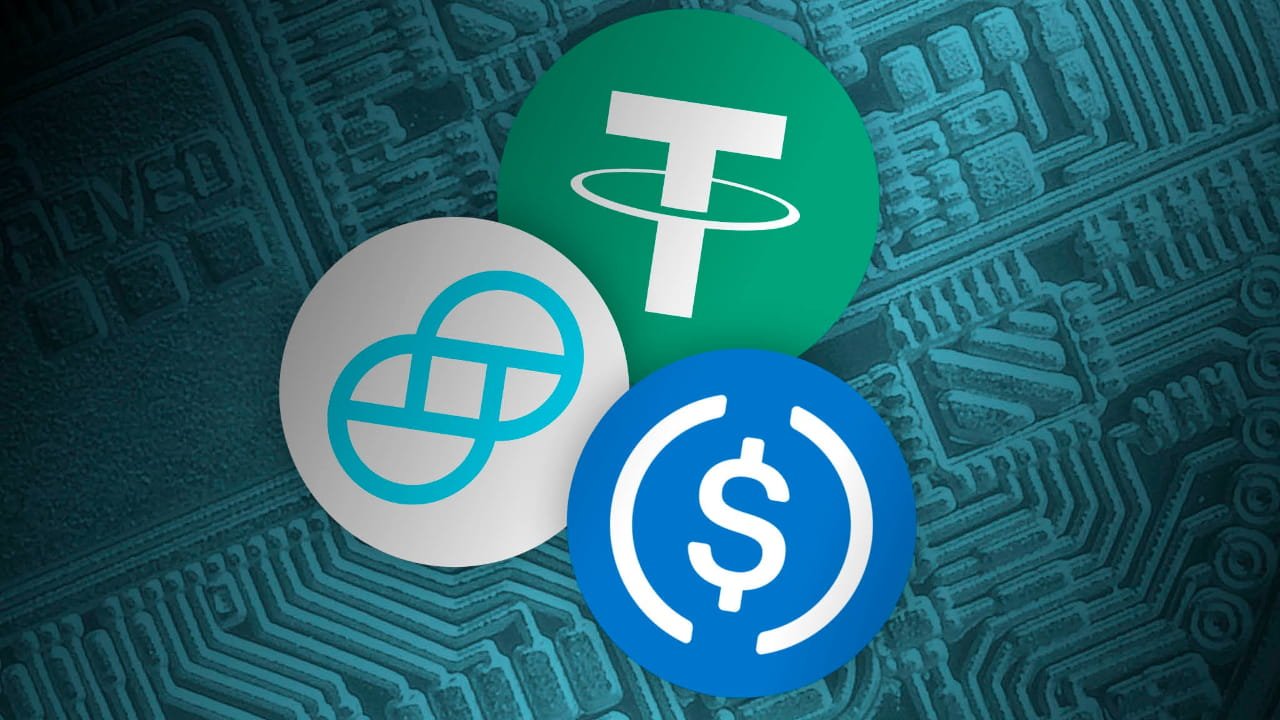Once a behemoth in the cryptocurrency exchange industry, FTX stablecoin payout has garnered worldwide attention once more, this time through its ongoing bankruptcy proceedings. The admission that FTX will give its creditors stablecoins is causing a ripple effect in the crypto world. This landmark decision is likely to change Bitcoin and altcoin liquidity and market dynamics in the coming months. Understanding the potential consequences of this liquidity injection requires a thorough examination of FTX’s bankruptcy history, the types of stablecoins, and the impact that such a substantial cash release could have on digital asset markets.
FTX Collapse and the Role of Stablecoins
Initially founded by Sam Bankman-Fried, FTX quickly became one of the world’s top cryptocurrency exchanges before its spectacular collapse late in 2022. Along with shocking the crypto world, the fall triggered a complex legal and financial crisis involving billions of dollars in assets and creditor claims. Under the eye of U.S. courts and appointed trustees, the management of FTX’s remaining assets—including cash reserves and stablecoins—has become a central focus as the bankruptcy process advances. The latest revelation of a $5 billion stablecoin distribution, designed explicitly for creditors, marks a significant first step toward resolving debt and claims.
Trading and liquidity management of cryptocurrencies depend on stablecoins—that is, cryptocurrencies linked to stable assets, such as the US dollar. Within the cryptocurrency sector, they provide a relatively low-volatility means of exchange; notable examples include Tether (USDT), USD Coin (USDC), and Binance USD (BUSD). The significant stablecoin holdings of FTX indicate its general usage as a platform for settling transactions.
$5B Stablecoin Injection Spurs Market Questions
The $5 billion in stablecoins released to creditors indicates that FTX’s managers are selling assets to repay people impacted by the collapse. Most likely, this payout will be distributed among institutional and personal creditors in proportion to their holdings of stablecoins. This method introduces a significant influx of stablecoins into circulation, while also providing debtors with a means to recover some value.
Stablecoins serve as the backbone of liquidity for purchasing and selling Bitcoin and altcoins on various exchanges. Stablecoin injections of $5 billion worth could boost creditor buying power once more on the market. Macroeconomic events, creditor policies, and market sentiment will therefore significantly determine whether these stablecoins remain inactive, are converted into Bitcoin and altcoins, or are paid out in fiat currency.
Stablecoin Payouts and Crypto Market Liquidity
The expected $5 billion stablecoin payout will have multifarious, layered consequences on liquidity in the markets for Bitcoin and other coins. Typically serving as a stable store of value, a trading pair, and a liquidity buffer, stablecoins act as a gateway for digital asset transactions. Consequently, any notable change in stablecoin supply affects the larger system of cryptocurrency liquidity.
First, there is a possibility for more Bitcoin liquidity. Particularly if they perceive a positive market or view Bitcoin as a safer store of value in the face of ongoing financial uncertainty, creditors holding stablecoins could utilise them to purchase Bitcoin. Rising demand could temporarily lower the sell-side liquidity of Bitcoin, thereby increasing price pressure. On the other hand, debtors seeking speedy liquidation could flood the market with sell orders, thereby momentarily raising Bitcoin’s liquidity but potentially lowering prices.

The impact on altcoins, which are often less liquid and more erratic than Bitcoin, could be even more noticeable. By investing in cryptocurrencies with strong foundations or great development potential, creditors can vary their stablecoin payouts. This might improve trading volumes and liquidity in altcoin marketplaces, hence driving momentum for layer-1 blockchain solutions like Solana and Avalanche as well as distributed finance (DeFi) platforms like Aave and Compound.
Moreover, the influx of stablecoins can increase the activity of decentralised exchanges (DEX). Stablecoin liquidity pools are what platforms like Uniswap and SushiSwap rely on; therefore, a sudden increase in stablecoin availability could widen liquidity depths, lower slippage, and improve user trading experiences.
Stablecoin Releases and Their Market Impact
The way the stablecoin release affects liquidity will largely depend on the prevailing state of macroeconomics and the general market sentiment. For instance, creditors may prioritise converting stablecoins to fiat currencies during times of great uncertainty or adverse sentiment towards cryptocurrencies, thereby increasing selling pressure on Bitcoin and other cryptocurrencies. Conversely, in an optimistic scenario, stablecoins might be reinvested in the crypto market, thereby growing momentum. Notably, changes in regulations concerning stablecoins and bitcoin exchanges can significantly impact the results. Stablecoin issuers and exchanges are under scrutiny by the U.S. Securities and Exchange Commission (SEC) and other global authorities; any legislative tightening could reduce demand for stablecoin trading or prompt shifts into different asset classes.
Stablecoin Releases Signal Crypto Market Recovery
The consistent release of FTX’s stablecoins also marks a turning point in the broader recovery of the cryptocurrency sector from one of its most volatile episodes. Restoring faith in crypto exchanges and distributed finance systems linked with FTX depends on the recovery of creditor money. A stablecoin distribution that is clear and orderly could comfort institutional investors and market players who are cautious about counterparty concerns.
Furthermore, the occasion highlights the importance of stablecoins as a fundamental component of the cryptocurrency economy. Their liquidity qualities, as assessed by regulators, and their fit into distributed finance ecosystems help evaluate future crypto market resilience.


